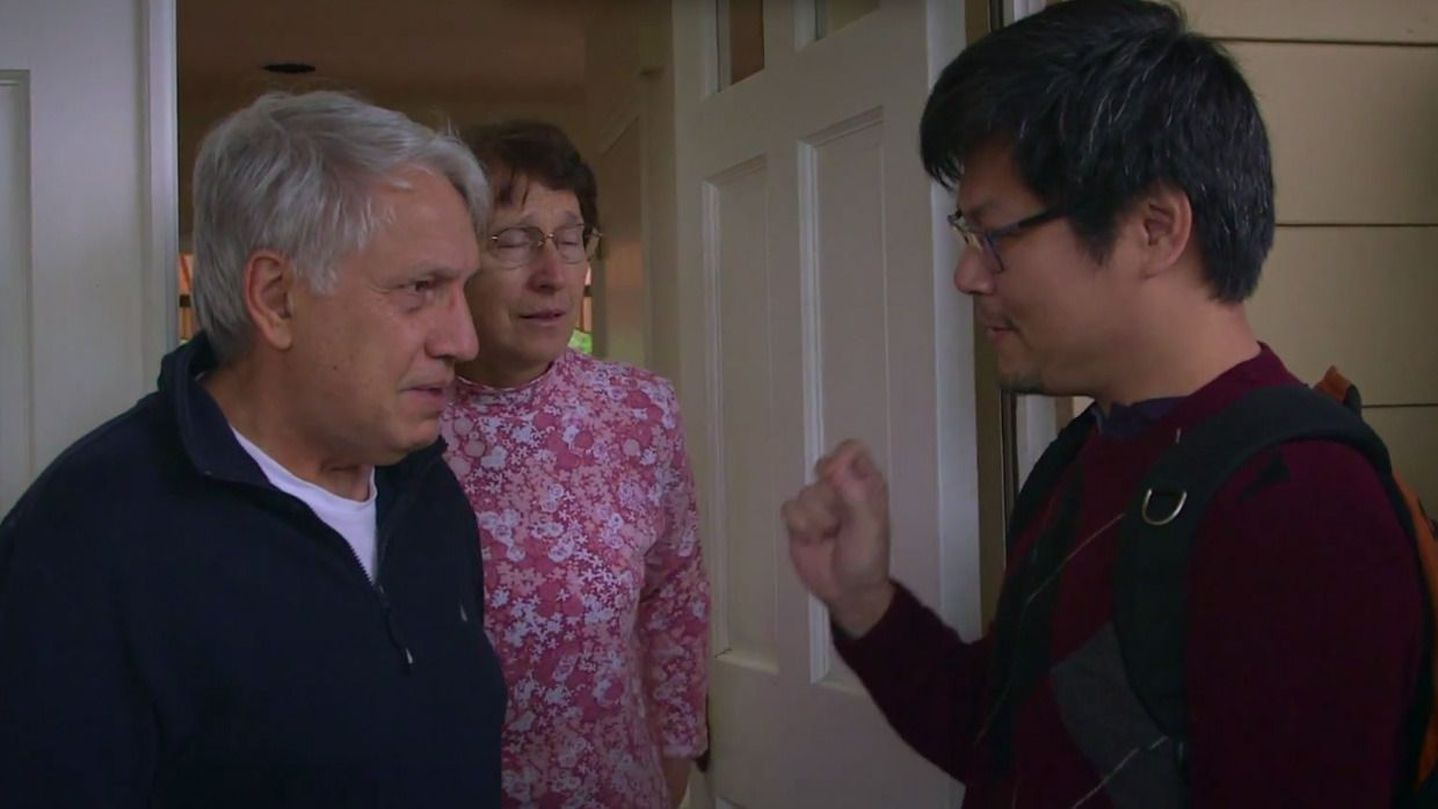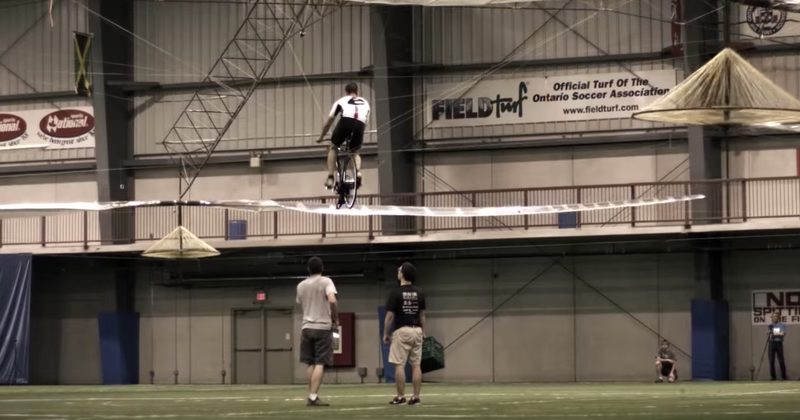Amazed Scientist Discovers He Was Right About the Big Bang All Along

Imagine knowing that your entire philosophy on life — all you ever worked for — was proven right. That’s what just happened to Andrei Linde, a physics professor at Stanford University, upon the discovery of proof of gravitational wave. “Tremors” of the Big Bang are the waves said to be the first definitive evidence of the theory that the universe is expanding. It’s also an integral part of a theory that Linde has been working on for 30 years — meaning his theories were not only right, but also a huge contributor to the future of space study. Chao-Lin Kuo, an assistant physics professor at Stanford who worked with a team on the new discovery, surprised Linde at his home with the news. Watch the heartwarming revelation above. BONUS: 30 Stunning Images of Space Stunning Photos of Space Enhanced Hubble Image of Comet ISON Image: Flickr, NASA HQ PHOTO Taken Under the “Wing” of the Small Magellanic Cloud Image: NASA, ESA, CXC and the University of Potsdam, JPL-Caltech, and STScI Merging Clusters in 30 Doradus Image: NASA, ESA, and E. Sabbi (ESA/STScI) Hubble Snaps a Splendid Planetary Nebula Image: NASA, ESA, and the Hubble Heritage Team (STScI/AURA) Hubble’s Festive View of a Grand Star-Forming Region Image: NASA, ESA, F. Paresce (INAF-IASF, Bologna, Italy) Sun Emits a Mid-Level Flare Image: Flickr, NASA Goddard Photo and Video Synthesized View of Earth showing the Arctic, Europe and Asia Image: Flickr, NASA Goddard Photo and Video The Star-Studded Center of the Milky Way Image: Flickr, NASA Goddard Photo and Video Hubble Sees the Remains of a Star Gone Supernova Image: Flickr, NASA Goddard Photo and Video NASA Hubble Sees Sparring Antennae Galaxies Image: Flickr, NASA Goddard Photo and Video Horsehead Nebula Image: Flickr, NASA Goddard Photo and Video Hubble Sees Hidden Treasure in Large Magellanic Cloud Image: Flickr, NASA Goddard Photo and Video Hubble reveals heart of Lagoon Nebula Image: Flickr, NASA Goddard Photo and Video Hubble Captures Cosmic Ice Sculptures Image: Flickr, NASA Goddard Photo and Video Starburst Cluster Shows Celestial Fireworks Image: Flickr, NASA Goddard Photo and Video A Galactic Spectacle Image: Flickr, NASA Goddard Photo and Video Supernova Remnant W49B Image: Flickr, NASA Goddard Photo and Video Hubble Snaps Messier 66 of the Leo Triplet Image: Flickr, NASA Goddard Photo and Video Hubble Catches Jupiter’s Largest Moon Image: Flickr, NASA Goddard Photo and Video Hubble Sees ‘Island Universe’ in the Coma Cluster Image: Flickr, NASA Goddard Photo and Video Dying Star Shrouded by a Blanket of Hailstones Forms the Bug Nebula Image: Flickr, NASA Goddard Photo and Video Crab Nebula Image: Flickr, NASA Goddard Photo and Video Jupiter’s Red Spot Image: Flickr, NASA Goddard Photo and Video Saturn’s Rings in Ultraviolet Light Image: Flickr, NASA Goddard Photo and Video Hubble Sees a Star Set to Explode Image: Flickr, NASA Goddard Photo and Video Cassiopeia A Supernova Image: Flickr, NASA Goddard Photo and Video Cat’s Eye Nebula Image: Flickr, NASA Goddard Photo and Video Carina Nebula Detail Image: Flickr, NASA Goddard Photo […]
